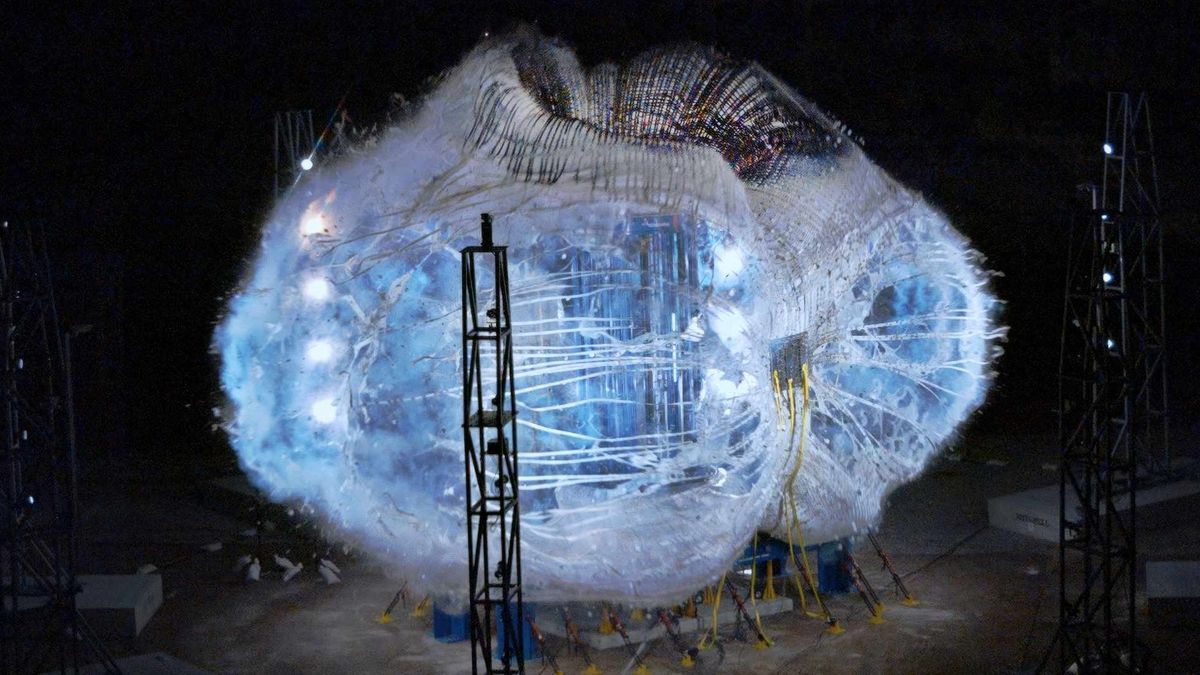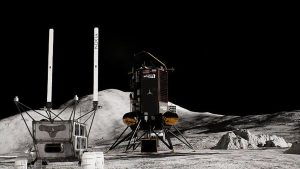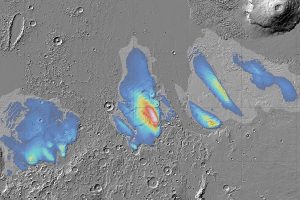One Big Bang: Watch How Sierra Space Blew Up Its First Full-Scale Space Station Module
25th Jan 2024
Sierra Space recently conducted a deliberate explosion of its first full-scale space station module prototype as part of preparations for space missions anticipated around 2030, the company announced on 22nd January. The controlled blast, equivalent to 164 sticks of dynamite, took place at NASA’s Marshall Space Center in Alabama, where Sierra Space had previously conducted explosive tests on scale models.
The inflatable module, utilising soft goods technology from ILC Dover, is slated to be a part of the Orbital Reef space station led by Sierra Space and Blue Origin. This initiative is among NASA’s funded concepts aimed at succeeding the International Space Station (ISS) after its expected retirement in 2030.
NASA Safety Standards
Describing the dimensions of its modules as roughly equivalent to an “average family home,” Sierra Space officials emphasise that microgravity allows for efficient use of all space inside the module. The module stands three stories tall (20.5 feet or 6.2 meters) with a diameter of 27 feet (8.3 meters).
Sierra Space’s Large Integrated Flexible Environment (LIFE) habitat prototype has undergone a series of “burst tests,” exceeding NASA’s safety requirements by 27%. During the Ultimate Burst Pressure (UBP) test, the full-scale unit reached 77 psi, well above NASA’s recommended level of 60.8 psi. Burst tests aim to determine the strength of these materials under extreme stresses in space. Sierra Space’s restraint layer, made of Vectran and other fabrics, exceeded expectations in these tests.
LIFE Module
LIFE is designed to fit within a five-meter payload fairing at launch, expanding once in orbit to a volume of 300 cubic meters, about one-third of the habitable volume of the ISS. Sierra Space has proposed a larger version for a seven-meter payload fairing with a volume of 1,400 cubic meters.
Tom Vice, Sierra Space CEO, emphasised the cost value of inflatable modules, citing their ability to compress for rocket launches, optimizing packing space and weight for orbit launches. LIFE is set to contribute to the Orbital Reef space station, a collaborative effort with Blue Origin, with Sierra Space proposing a Pathfinder space station launch before Orbital Reef. The company received an unfunded NASA Space Act Agreement in June, granting access to NASA expertise and data for Pathfinder and the crewed version of its Dream Chaser spaceplane.
Sierra Space plans further tests on LIFE technology this year, including assessments of the atmospheric barrier and layers addressing micrometeoroids and orbital debris. The company aims to commence work on flight hardware for LIFE in 24 to 36 months, signaling progress in its efforts to reshape the future of space exploration.






Thank you for your comment! It will be visible on the site after moderation.